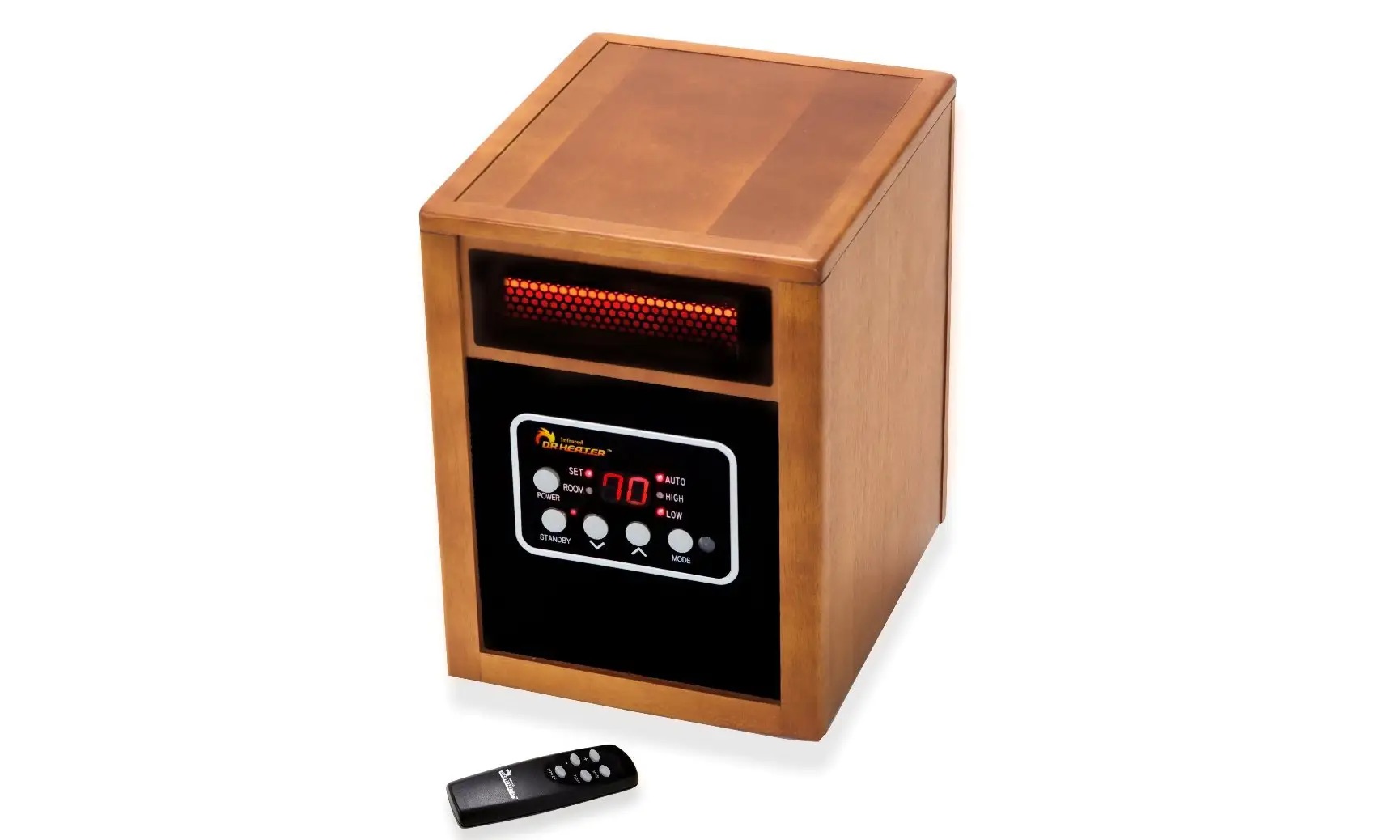

Articles
What Does E1 Mean On A Space Heater
Modified: February 29, 2024
Discover what the E1 error code on a space heater means and find articles packed with helpful information on troubleshooting and fixing common heating issues.
(Many of the links in this article redirect to a specific reviewed product. Your purchase of these products through affiliate links helps to generate commission for Storables.com, at no extra cost. Learn more)
Introduction
Space heaters have become a popular choice for heating individual rooms or small spaces. They offer convenience and cost-effectiveness, making them a practical solution for chilly environments. However, just like any other electronic device, space heaters can encounter errors and malfunctions that can disrupt their performance.
One common error code that many space heater owners come across is the “E1” code. It can be frustrating and confusing to see this code appear on your space heater’s display, especially if you’re unsure of what it signifies. Understanding the meaning behind the “E1” code is crucial in resolving the issue and getting your space heater back in working order.
In this article, we will delve into the world of space heater error codes, specifically focusing on the “E1” code. We will decode its meaning, explore the common causes that trigger it, and provide troubleshooting steps to help you resolve the issue. Additionally, we will offer preventative measures to minimize the occurrence of the “E1” error, allowing you to enjoy hassle-free heating in your space.
Key Takeaways:
- Understanding the “E1” code on a space heater is crucial for troubleshooting. It can indicate issues with temperature sensors, airflow, power supply, control panel, or internal circuitry. Regular cleaning and proper ventilation can prevent this error.
- Troubleshooting the “E1” error involves steps like cleaning the heater, checking the temperature sensor, verifying the power supply, resetting the heater, and contacting customer support if needed. Following preventative measures such as regular cleaning, proper ventilation, and safe placement can minimize the occurrence of the “E1” error.
Read more: What Does E1 Mean On A Washing Machine
Understanding Space Heater Models
Before we delve into the specifics of the “E1” code, it’s essential to have a basic understanding of different types of space heaters. Understanding the model of your space heater will provide insight into its features, functionality, and potential error codes.
There are several types of space heaters available on the market, including convection heaters, radiant heaters, fan heaters, and oil-filled heaters. Each type operates differently and has its own advantages and disadvantages. It’s important to familiarize yourself with the model you own to effectively troubleshoot any errors.
Convection heaters work by heating the air and circulating it throughout the room. These heaters are efficient at heating a large area and are ideal for maintaining a consistent temperature. Radiant heaters, on the other hand, emit infrared radiation that directly heats objects and people in the surrounding area. They are known for providing instant, focused heat.
Fan heaters, as the name suggests, use a fan to disperse warm air. They are quick to heat up a room but may not be the most energy-efficient option. Oil-filled heaters, on the other hand, use heated oil to radiate heat into the room slowly. They are energy-efficient and provide a longer-lasting heat source even after they have been turned off.
Each space heater model may have different features, such as adjustable thermostats, timers, oscillation, and safety features like tip-over and overheating protection. Familiarizing yourself with the specific features of your space heater is crucial in understanding how it operates and how to troubleshoot potential error codes.
Now that we understand the basics of different space heater models, let’s move on to decoding the “E1” code and understanding its implications.
Decoding the “E1” Code
When you encounter the “E1” code on your space heater’s display, it signifies an error or malfunction within the system. The “E” in “E1” stands for “error,” indicating that there is something wrong with the heater’s operation. However, the specific meaning of the “E1” code can vary depending on the manufacturer and model of the space heater.
While it’s impossible to provide an exhaustive list of all potential meanings for the “E1” code, there are a few common interpretations that can help you troubleshoot the issue. Here are some possible reasons for the “E1” code:
- Temperature Sensor Issue: The “E1” code could indicate a problem with the temperature sensor or its connection. A faulty or disconnected temperature sensor can cause the space heater to stop functioning properly to prevent any potential safety hazards.
- Internal Circuitry Malfunction: In some cases, the “E1” code might indicate an error in the heater’s internal circuitry. This could be a result of a damaged component, a loose connection, or a power surge.
- Overheating Protection: Certain space heaters have built-in safety features that automatically shut off the device to prevent overheating. If the heater detects excessive heat or a potential fire hazard, it will display the “E1” code.
- Faulty Control Panel: Another possibility is that the control panel of the space heater is malfunctioning, leading to the “E1” code. A faulty control panel can prevent the heater from operating correctly.
It’s important to note that the exact interpretation of the “E1” code may vary depending on your specific space heater’s make and model. Consulting the manufacturer’s manual or contacting their customer service can provide valuable insights into the error and how to resolve it.
Next, we will explore common causes of the “E1” error on space heaters, helping you identify the source of the problem.
Common Causes of E1 Error on Space Heaters
When encountering the “E1” error on your space heater, it’s essential to investigate the potential causes before attempting any troubleshooting. Understanding the common triggers for the error can help you pinpoint the issue and take appropriate steps to resolve it. Here are some common causes of the “E1” error on space heaters:
- Temperature Sensor Malfunction: One of the most frequent causes of the “E1” error is a problem with the temperature sensor. The temperature sensor is responsible for measuring the heat output and regulating the heater’s operation accordingly. If the sensor is defective or dirty, it may provide inaccurate readings, leading to the “E1” error.
- Blocked Airflow: Insufficient airflow can cause the space heater to overheat and trigger the “E1” code. Obstructions such as dust, debris, or blocked vents can impede the proper flow of air, causing the heater to shut down as a safety precaution.
- Power Supply Issues: In some cases, power supply irregularities can lead to the “E1” error. Voltage fluctuations, power surges, or inadequate power supply can disrupt the functioning of the space heater and prompt the error code to appear.
- Control Panel Malfunction: A malfunctioning control panel is another potential cause of the “E1” error. If the control panel is not functioning correctly or if there is a problem with its connection to the main unit, it can trigger the error code.
- Internal Circuitry Problems: Faulty wiring, loose connections, or damaged components within the space heater’s internal circuitry can result in the “E1” error. These issues can disrupt the proper functioning of the heater, warranting the error code to appear.
It’s important to note that these are general causes, and the specific cause of the “E1” error can vary depending on the make and model of your space heater. Consulting the manufacturer’s manual or reaching out to their customer support can provide you with tailored troubleshooting advice for your specific heater.
Now that we have identified some common causes of the “E1” error, let’s explore the troubleshooting steps you can take to resolve the issue.
When you see “E1” on a space heater, it usually indicates a problem with the unit’s internal temperature sensor. Try unplugging the heater for a few minutes and then plugging it back in to reset the sensor. If the error persists, consult the manufacturer’s manual or contact customer support for further assistance.
Troubleshooting Steps for E1 Error
Encountering the “E1” error on your space heater can be frustrating, but there are several troubleshooting steps you can take to resolve the issue. By following these steps, you can effectively troubleshoot the cause of the error and restore your space heater to its normal functioning. Here are some troubleshooting steps to consider:
- Clean the Space Heater: Start by ensuring that the space heater is clean and free from dust, debris, or any obstructions. Use a soft cloth or brush to gently clean the exterior and vents of the heater. This can help improve airflow and prevent overheating that may trigger the “E1” error.
- Check the Temperature Sensor: Locate the temperature sensor on your space heater and ensure that it is properly connected. Check for any signs of damage or corrosion. If you notice any issues, contact the manufacturer for a replacement sensor. If the sensor is clean and intact, try gently adjusting its position to ensure proper contact.
- Verify the Power Supply: Inspect the power cord and ensure it is securely plugged into a functioning power outlet. If using an extension cord, make sure it is rated for the appropriate wattage. Check for any loose connections or frayed wires that may disrupt the power supply. Consider testing the heater on a different outlet to rule out any issues with the power source.
- Reset the Heater: Some space heaters have a reset button or function. Refer to your user manual to locate the reset option and follow the instructions to reset the heater to its default settings. This can help resolve any temporary glitches and clear the “E1” error code.
- Contact Customer Support: If you have exhausted the troubleshooting steps and the “E1” error persists, it is advisable to contact the customer support of the space heater manufacturer. Provide them with detailed information about the error, the model of your space heater, and the steps you have already taken. They can offer further guidance and potentially arrange for repairs or replacement if necessary.
Remember, these troubleshooting steps are general guidelines, and the specific steps may vary depending on your space heater’s make and model. Referring to the manufacturer’s manual and following their recommended troubleshooting procedures is highly recommended.
Now that we have covered the troubleshooting steps, let’s move on to preventative measures you can take to minimize the occurrence of the “E1” error.
Read more: How To Fix E1 Error On An Air Conditioner
Preventative Measures for E1 Error
While dealing with the “E1” error on your space heater can be inconvenient, there are preventative measures you can take to minimize the occurrence of this error and ensure smooth and efficient operation of your space heater. By implementing these measures, you can proactively maintain your space heater and reduce the likelihood of encountering the “E1” error. Here are some preventative measures to consider:
- Regular Cleaning: Dust, dirt, and debris can accumulate on the surface and vents of your space heater over time, affecting its performance. Make it a habit to clean your space heater regularly by wiping down the exterior and using a soft brush to remove any accumulated dust. Ensure that the vents remain clear and unobstructed for proper airflow.
- Proper Ventilation: Adequate ventilation is crucial for the safe and efficient operation of your space heater. Ensure that the room where the space heater is placed has proper ventilation and is not enclosed. Avoid placing the heater near curtains, furniture, or other flammable materials which can obstruct airflow and potentially cause overheating.
- Safe Placement: Always place your space heater on a stable and level surface. Avoid placing it on uneven or flammable surfaces that can pose a safety risk. Keep it away from water sources or humid environments to prevent electrical hazards.
- Follow Operating Instructions: Familiarize yourself with the operating instructions provided by the manufacturer. Adhere to the recommended temperature settings, usage guidelines, and safety precautions. Overloading the space heater or using it improperly can lead to errors such as the “E1” code.
- Maintain Electrical Connections: Regularly inspect the power cord and electrical connections of your space heater. Ensure they are free from damage or loose connections. If you notice any issues, contact a professional for repairs or replacement.
- Power Supply Stability: Use a dedicated electrical outlet to power your space heater and avoid plugging in multiple high-powered devices on the same circuit. Fluctuations or surges in the power supply can disrupt the heater’s operation and lead to error codes like “E1.”
By following these preventative measures, you can maintain your space heater’s performance and reduce the likelihood of encountering the “E1” error. Additionally, always keep the manufacturer’s manual handy for reference and consult their customer support for any specific recommendations regarding your model of space heater.
Now that we have covered the preventative measures, let’s conclude our discussion on the “E1” error.
Conclusion
The “E1” error code on a space heater can be a frustrating experience for users. However, understanding the meaning behind the code and taking the appropriate troubleshooting steps can help you resolve the issue and get your space heater back to its optimal functioning.
In this article, we explored the basics of space heater models and the different types of space heaters available. We then decoded the “E1” code, understanding that it is an error indication that can have varying causes depending on the specific make and model of the space heater.
We discussed some common causes of the “E1” error, including temperature sensor malfunctions, airflow blockage, power supply issues, control panel malfunctions, and internal circuitry problems. By identifying these causes, you can narrow down the source of the error and take appropriate action.
To troubleshoot the “E1” error, we recommended several steps, such as cleaning the space heater, checking the temperature sensor, verifying the power supply, resetting the heater, and contacting customer support if needed. These steps serve as general guidelines, but it’s important to refer to the manufacturer’s instructions for your specific space heater model.
In addition to troubleshooting, we discussed preventative measures to minimize the occurrence of the “E1” error. Regular cleaning, proper ventilation, safe placement, following operating instructions, maintaining electrical connections, and ensuring power supply stability are some key measures to consider for long-term hassle-free use of your space heater.
Remember, space heaters are electronic devices, and errors can occur. By understanding the “E1” error code and following the necessary steps, you can effectively troubleshoot and resolve the issue. If you are unable to resolve the error on your own, contacting the manufacturer’s customer support is always an option for further assistance.
With proper care and maintenance, you can enjoy the warmth and comfort provided by your space heater without the frustration of encountering the “E1” error or any other malfunctions. Stay warm and cozy!
Frequently Asked Questions about What Does E1 Mean On A Space Heater
Was this page helpful?
At Storables.com, we guarantee accurate and reliable information. Our content, validated by Expert Board Contributors, is crafted following stringent Editorial Policies. We're committed to providing you with well-researched, expert-backed insights for all your informational needs.
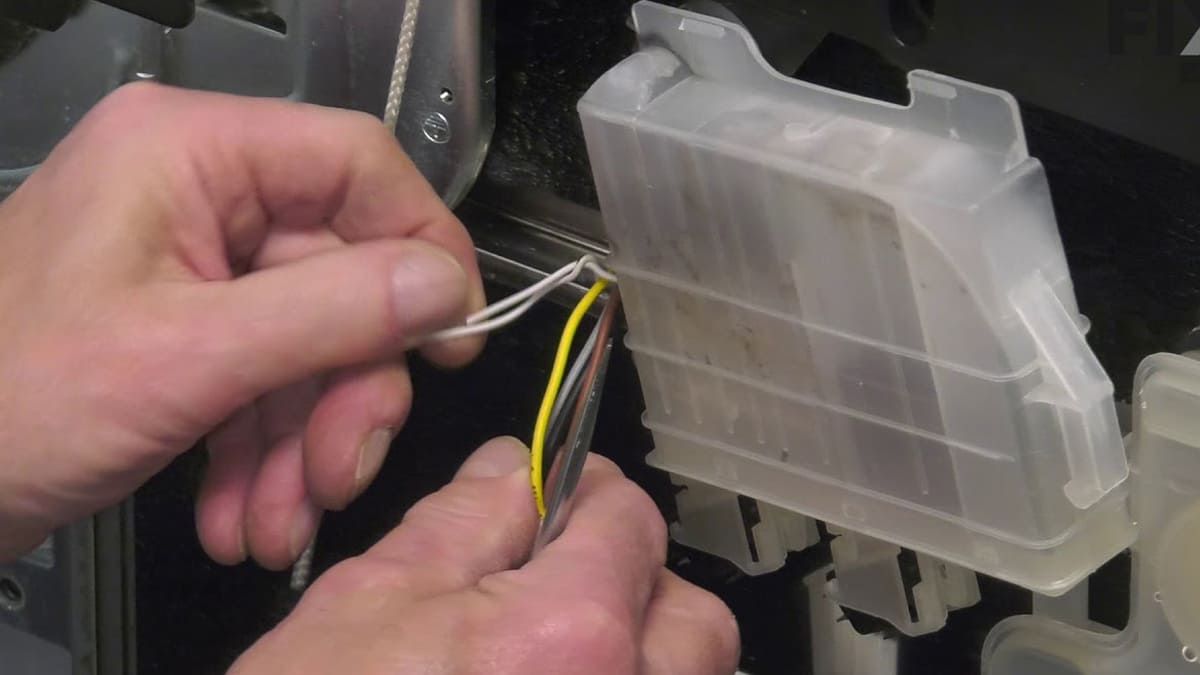
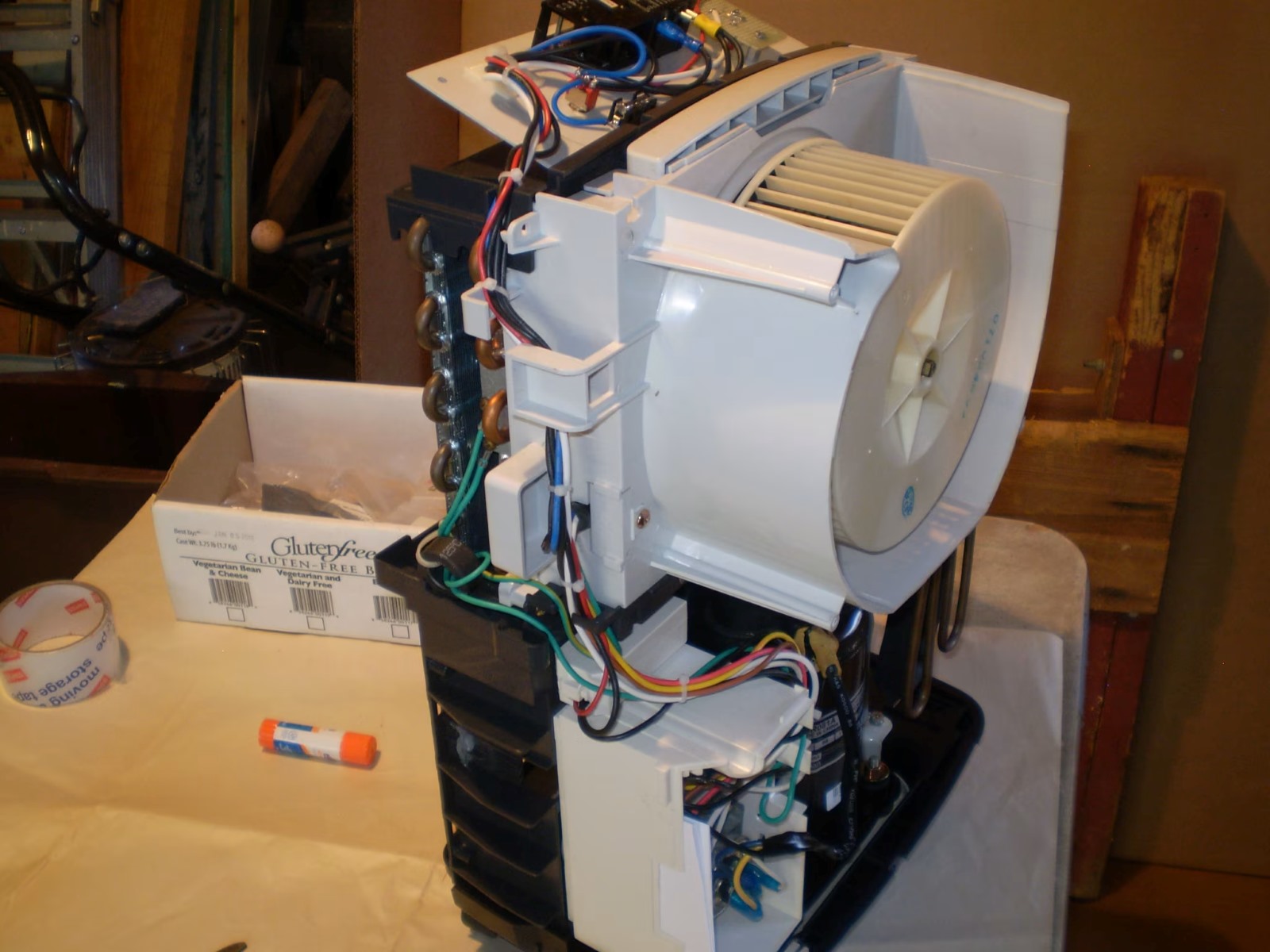
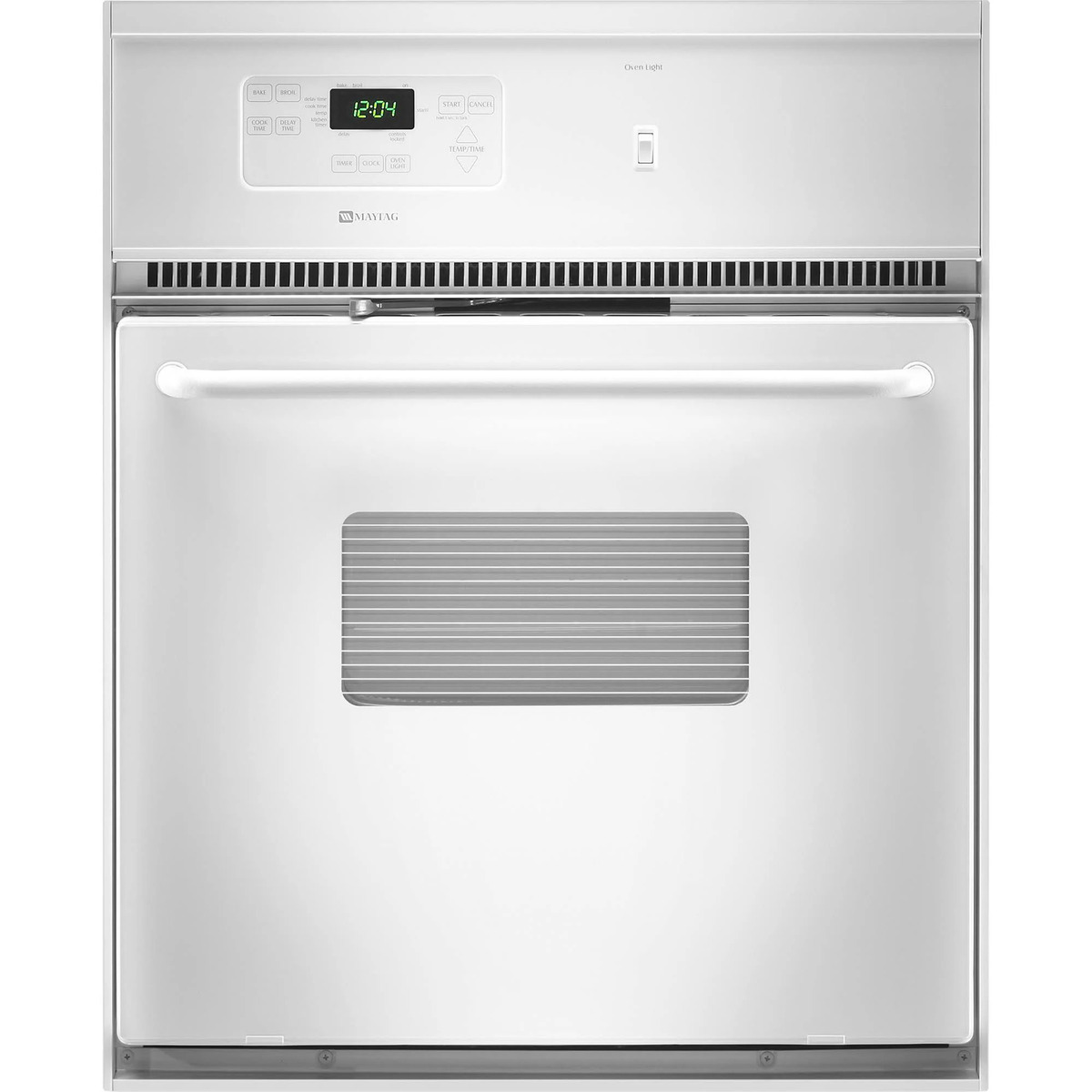
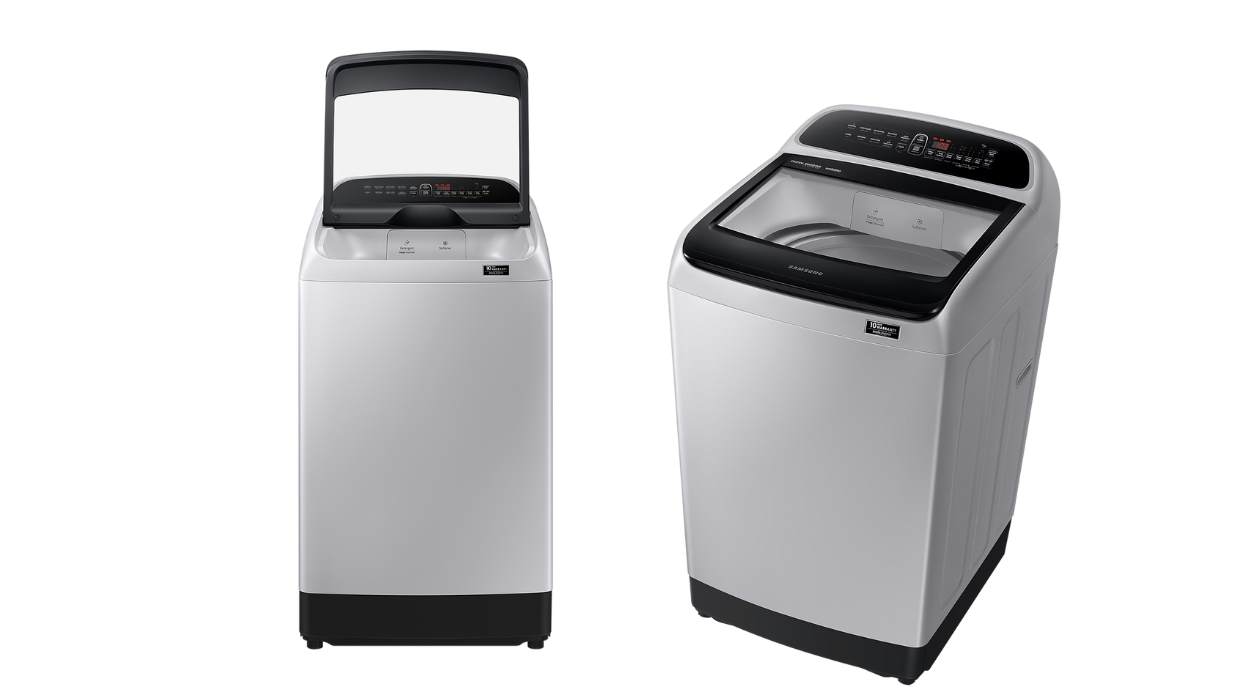
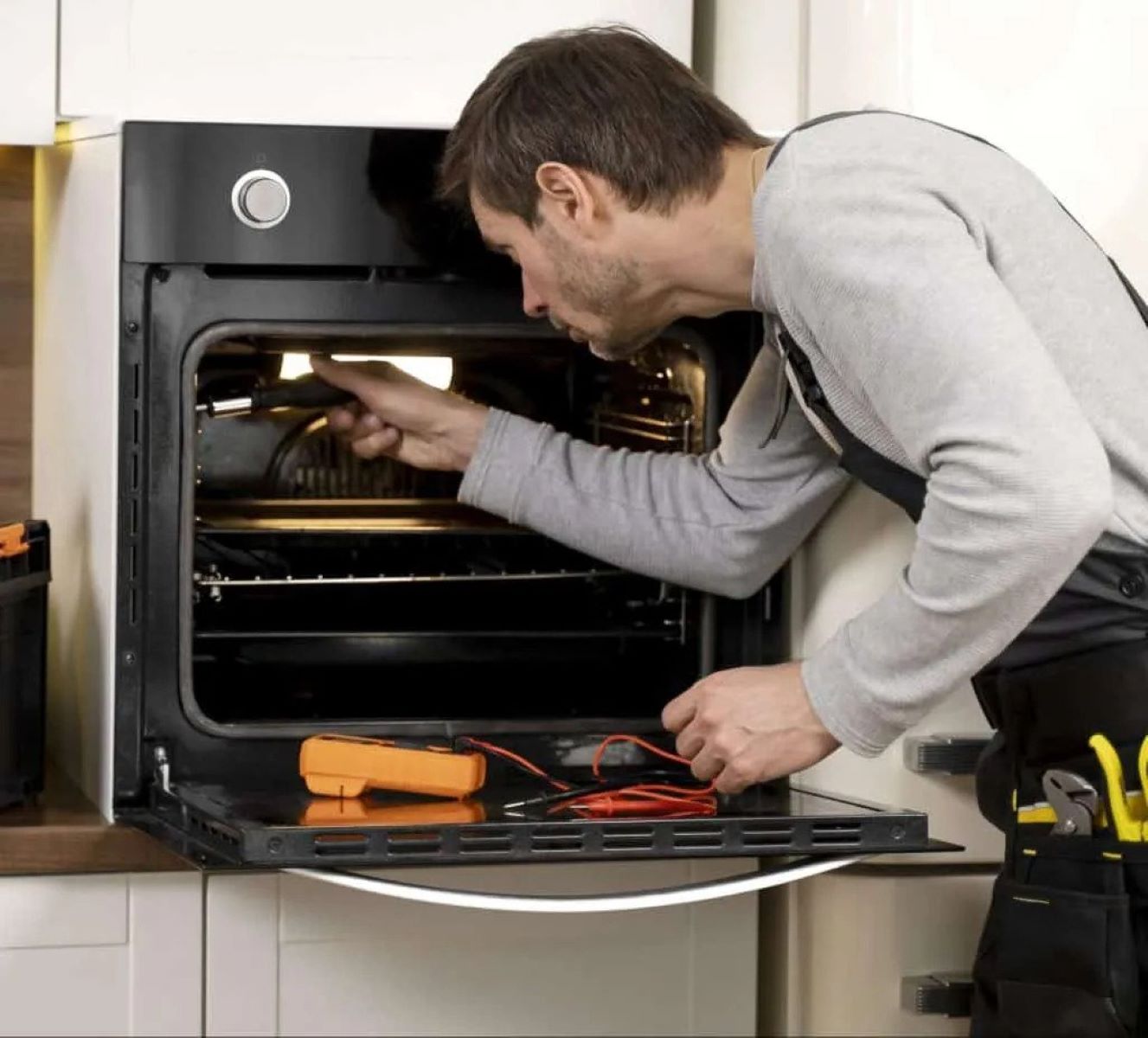
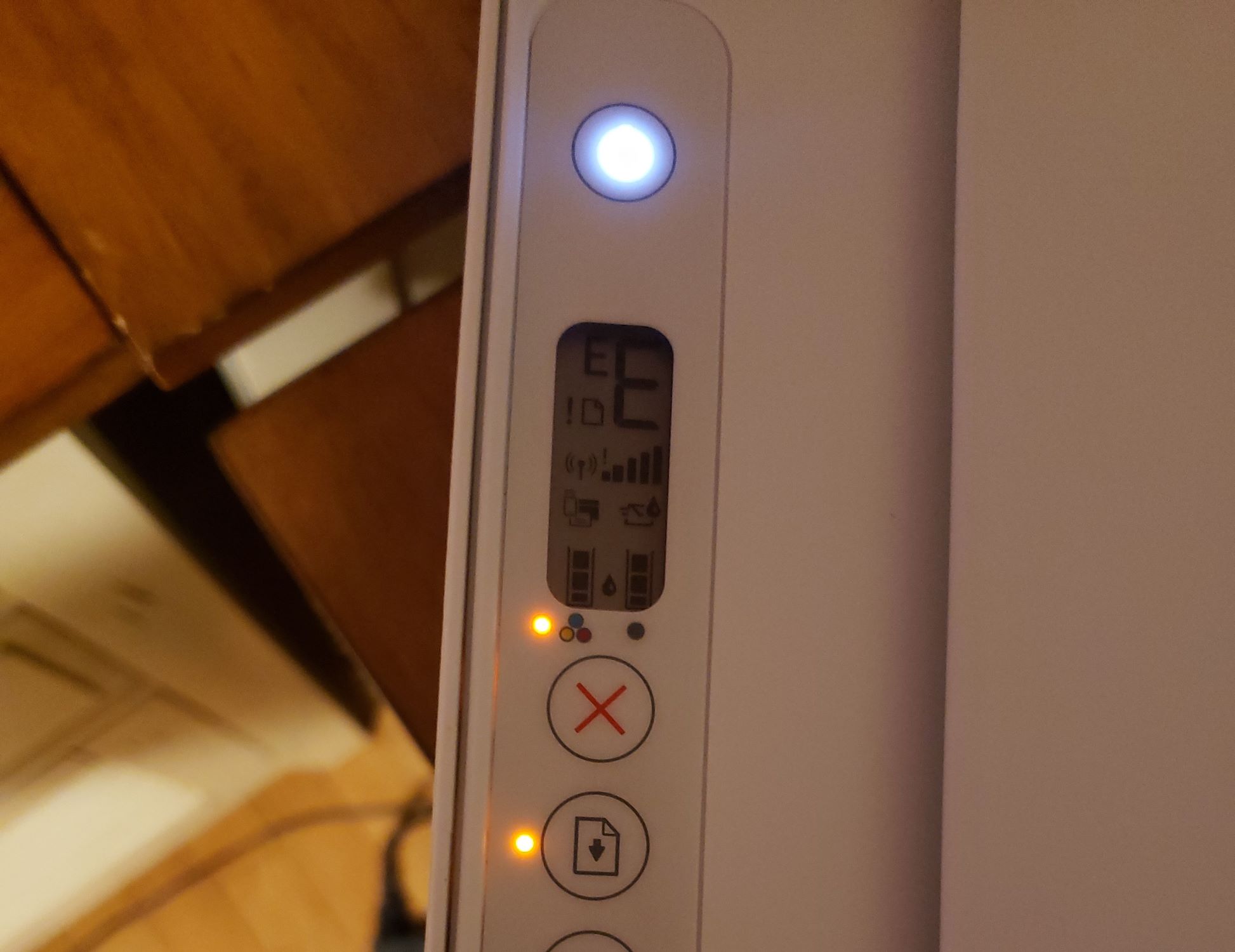
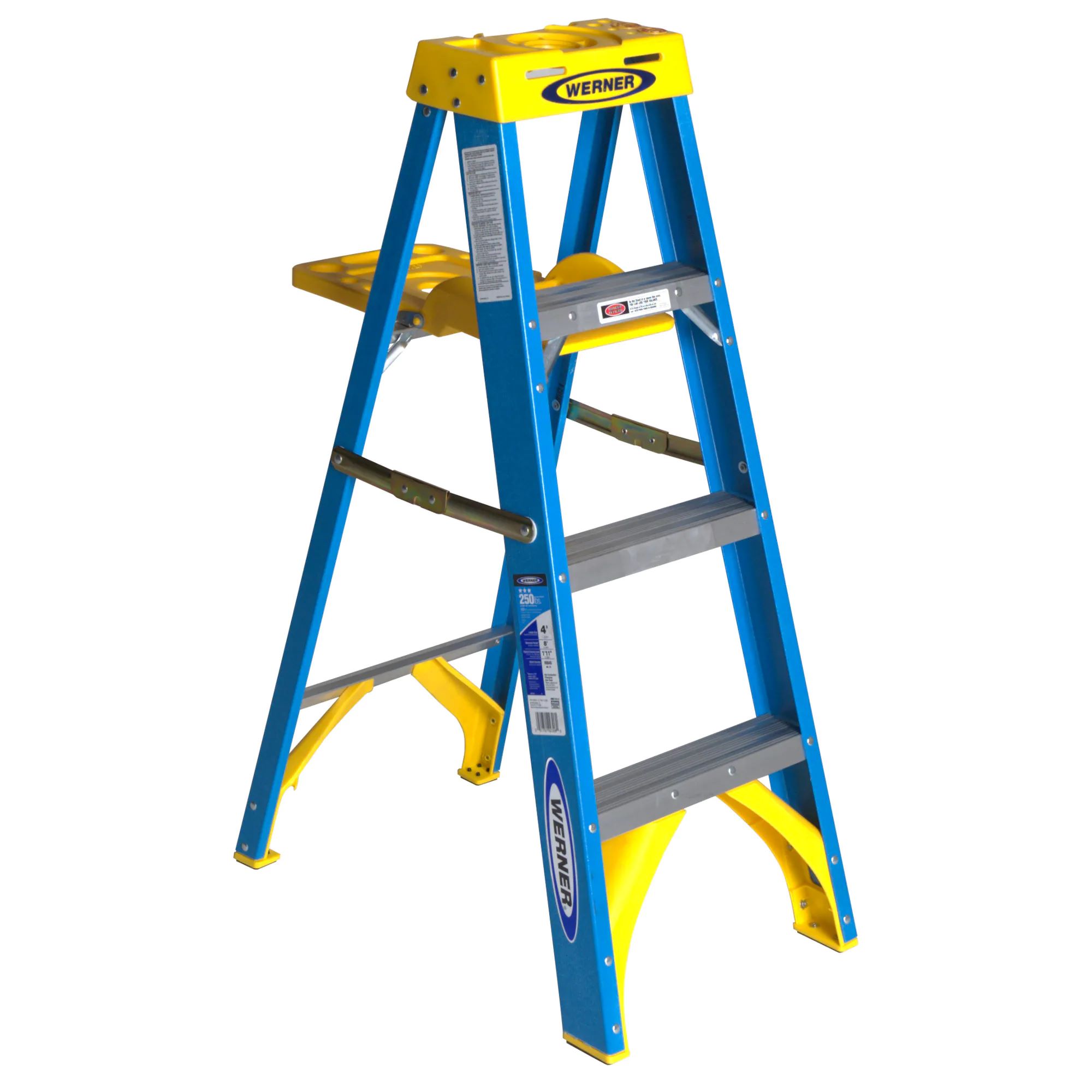

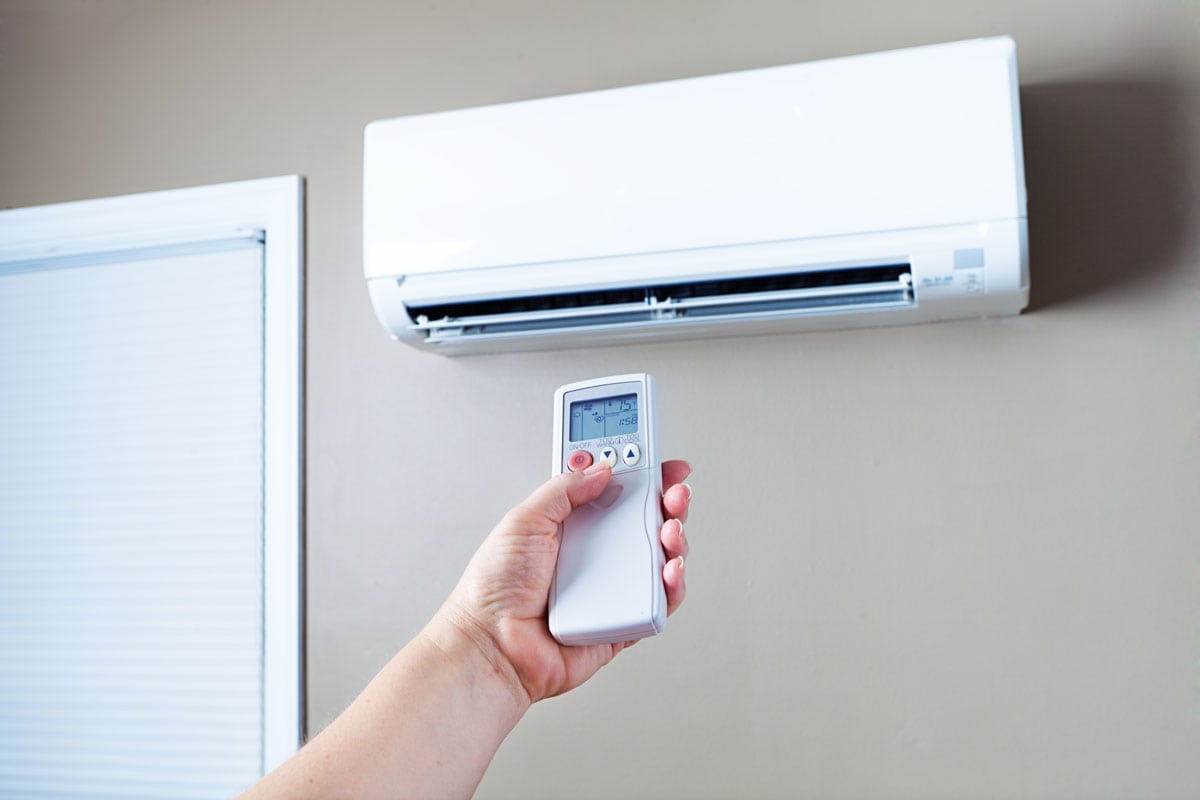
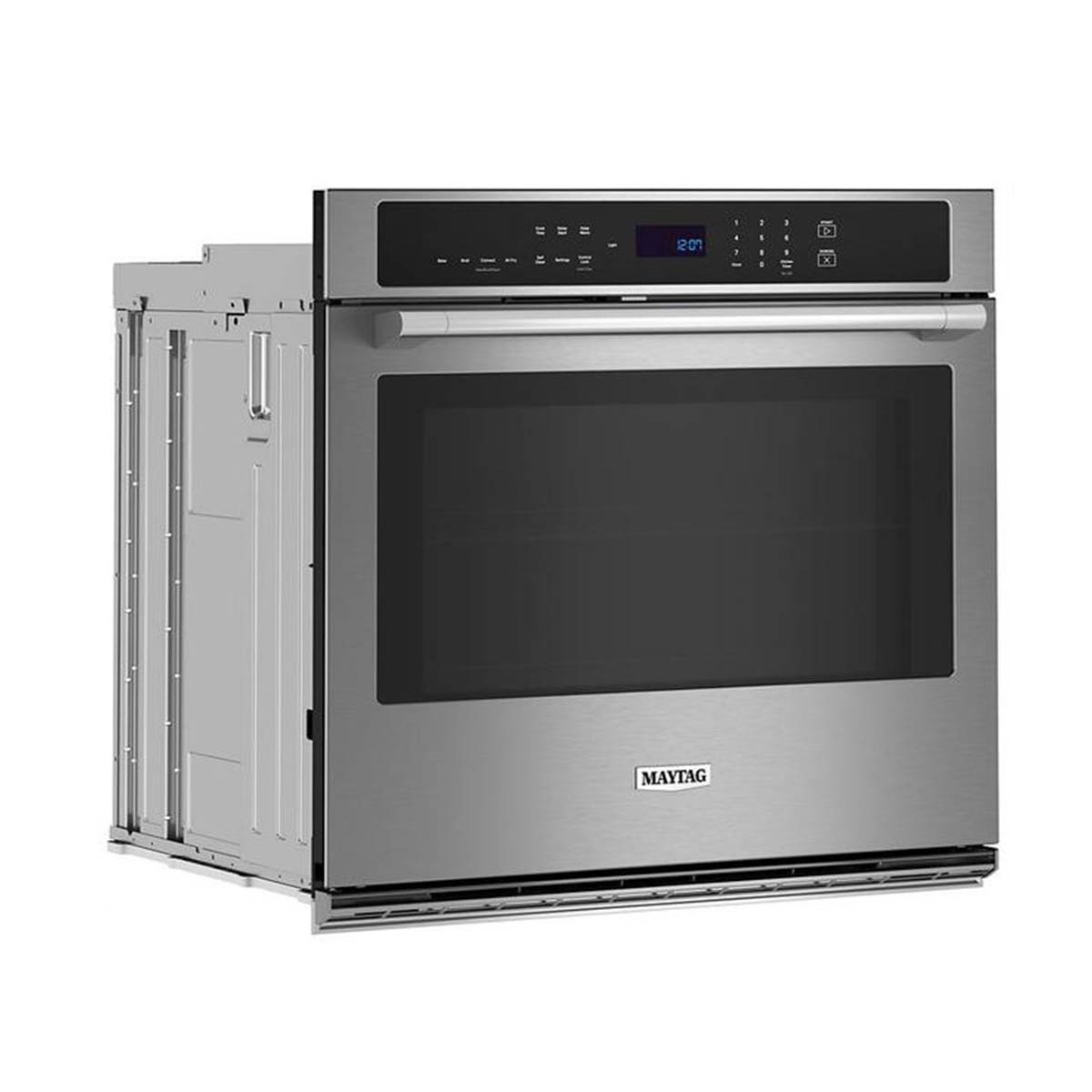
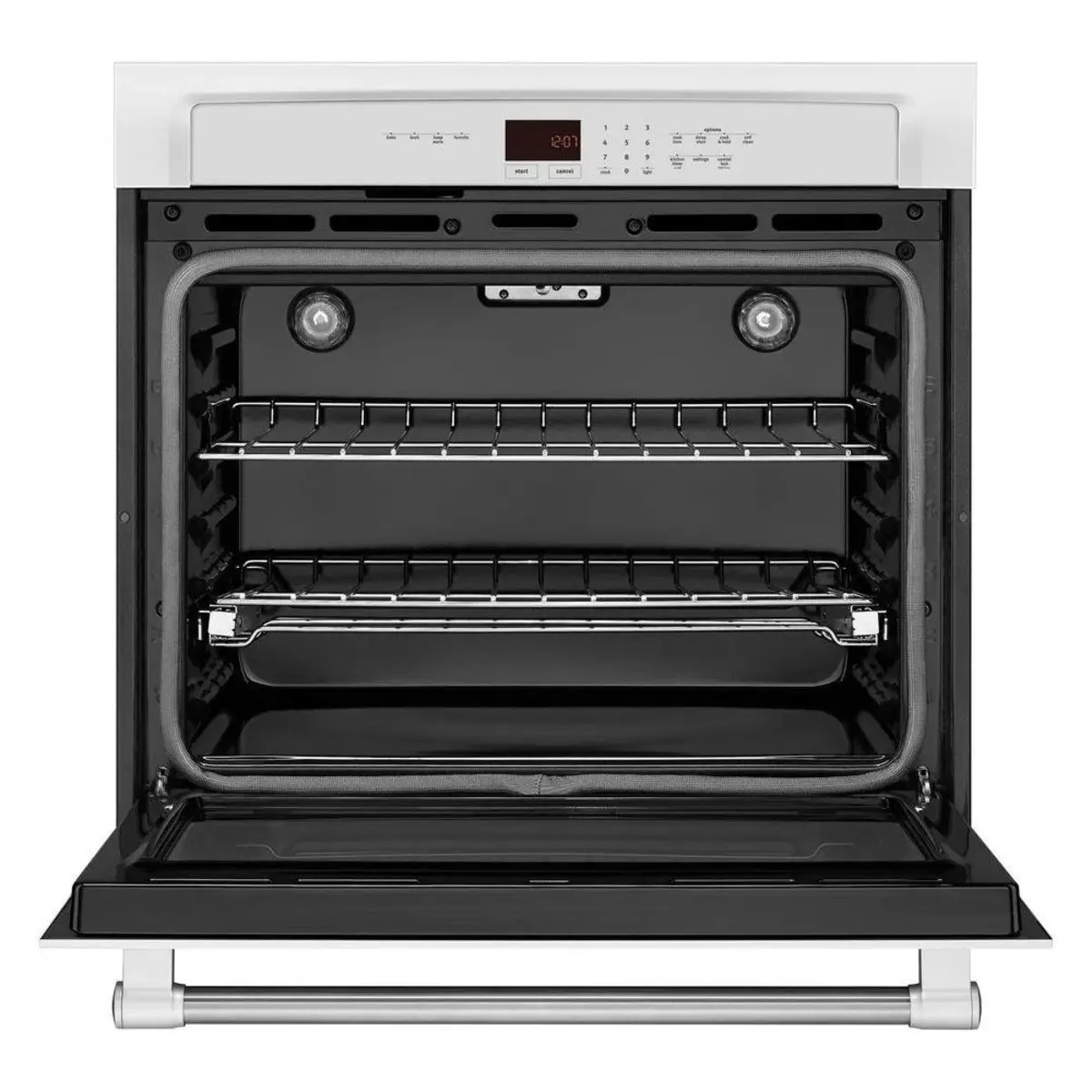
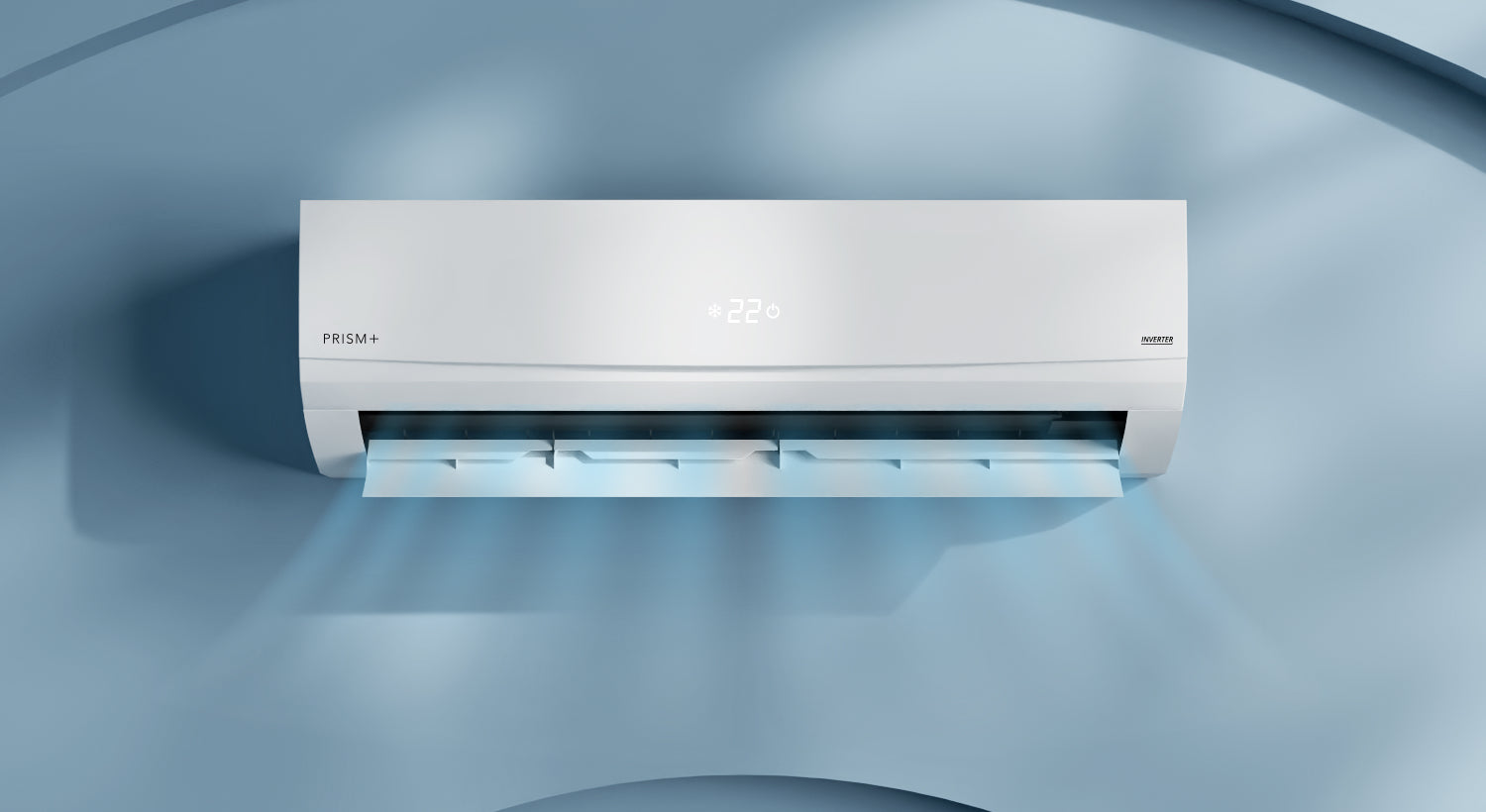
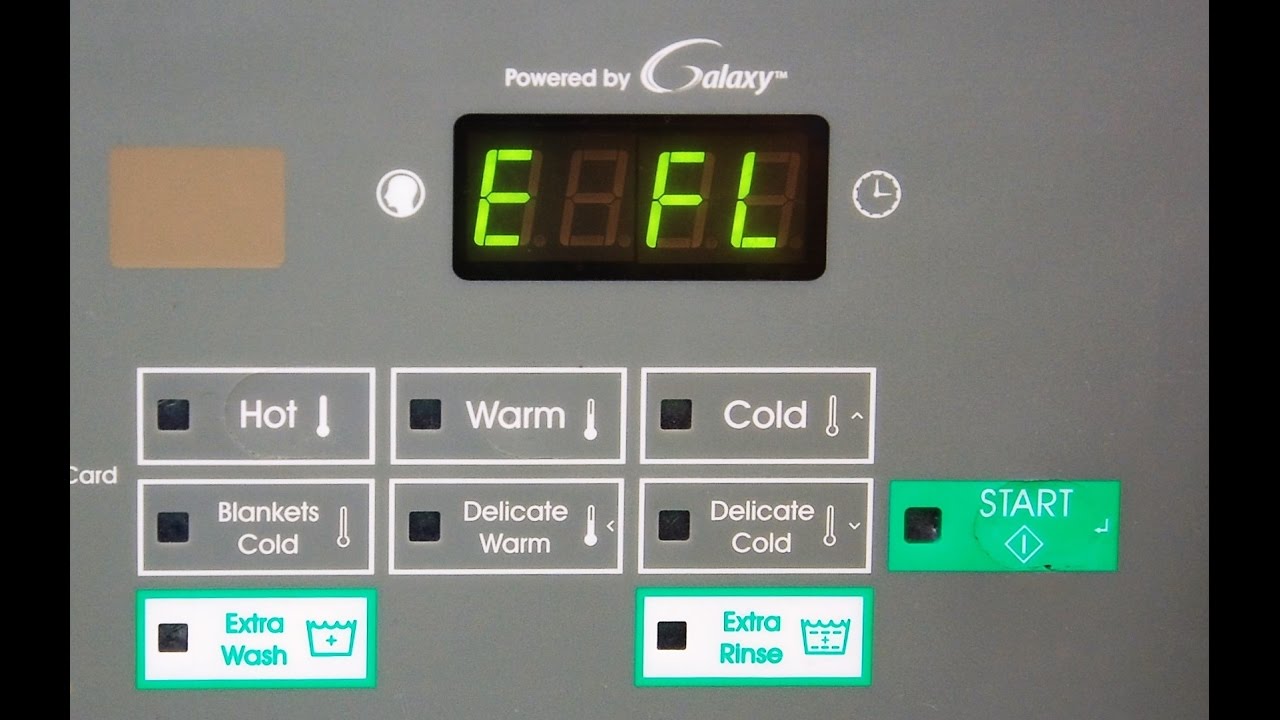
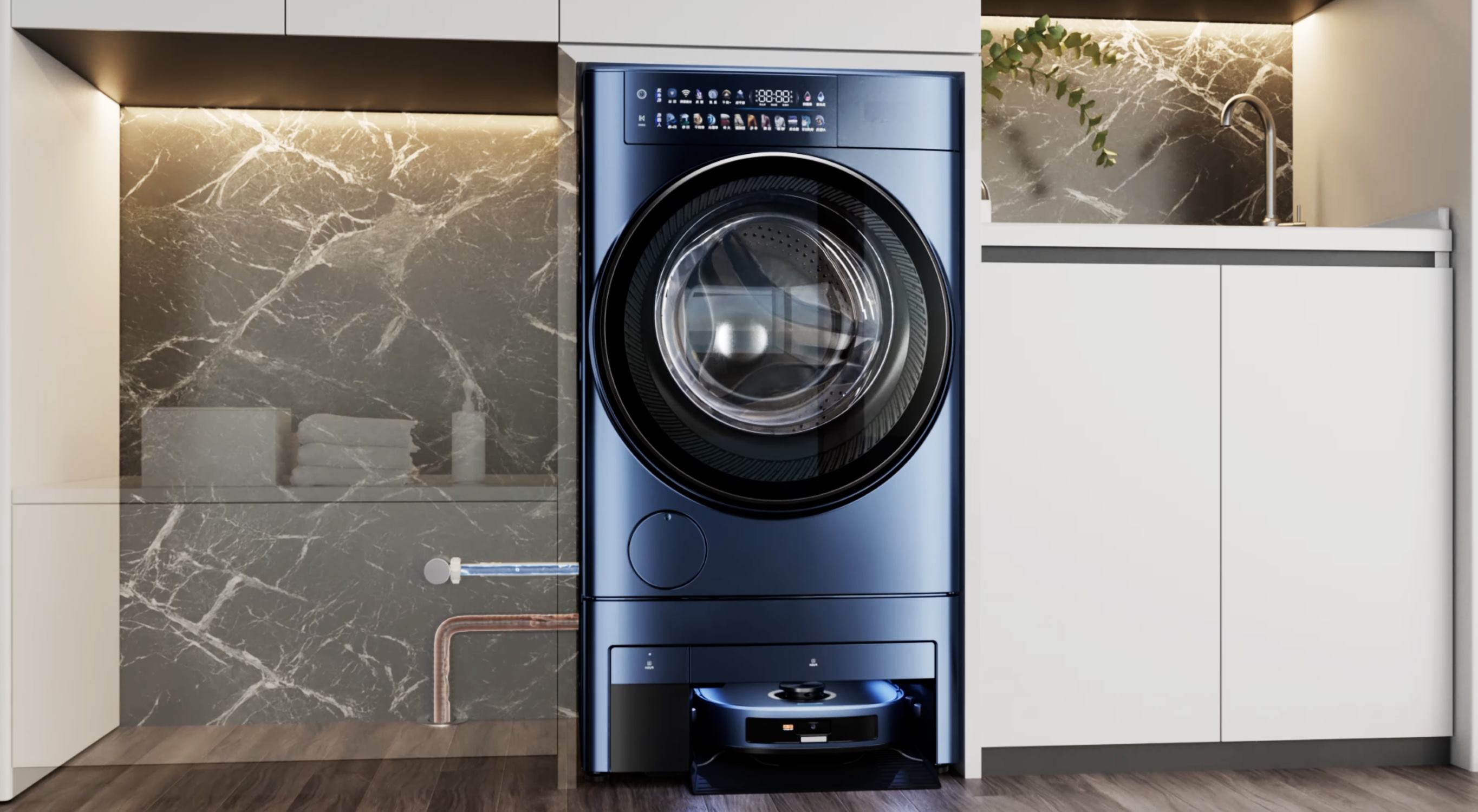

This article was a great help! Thanks 👍